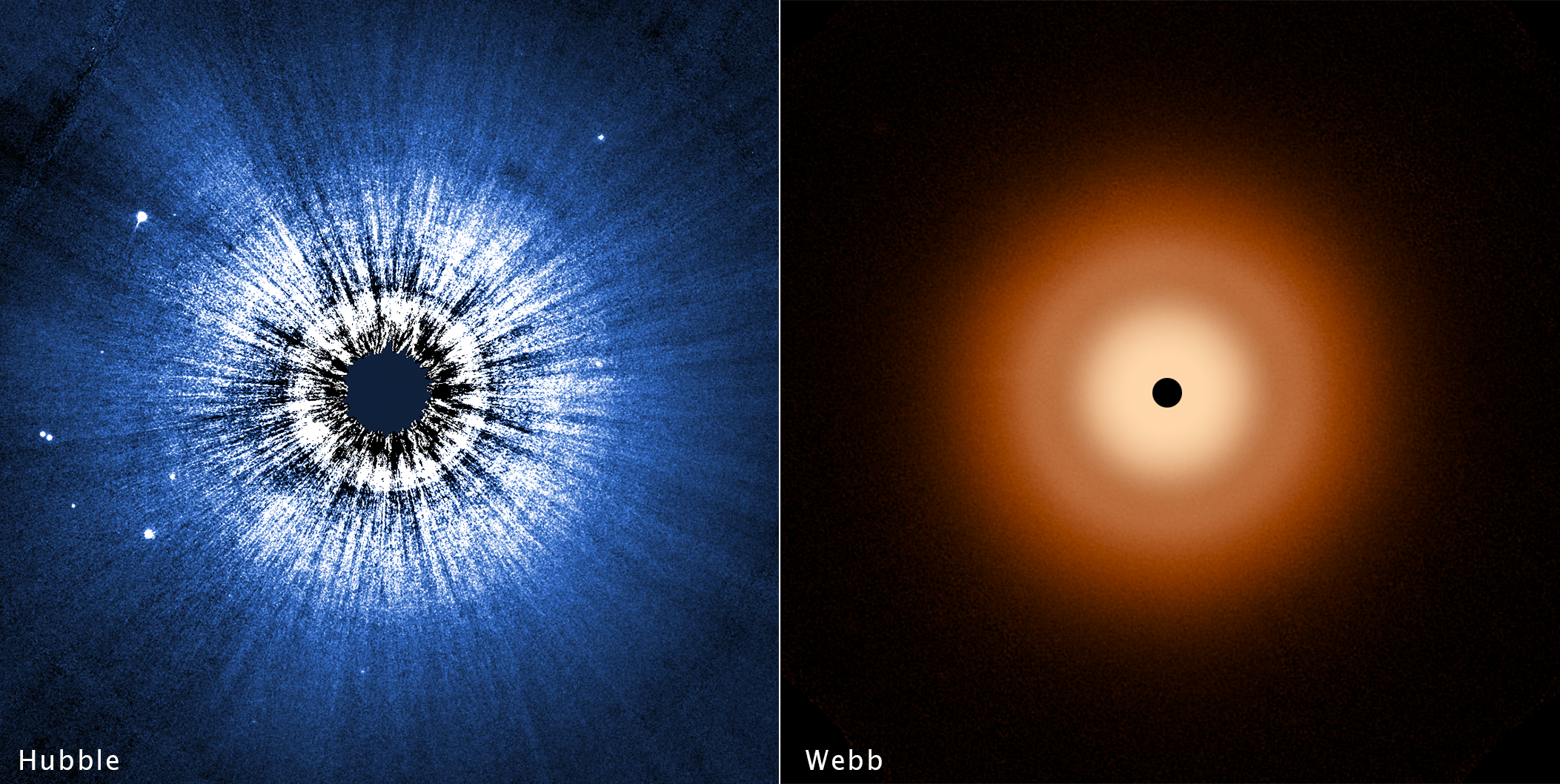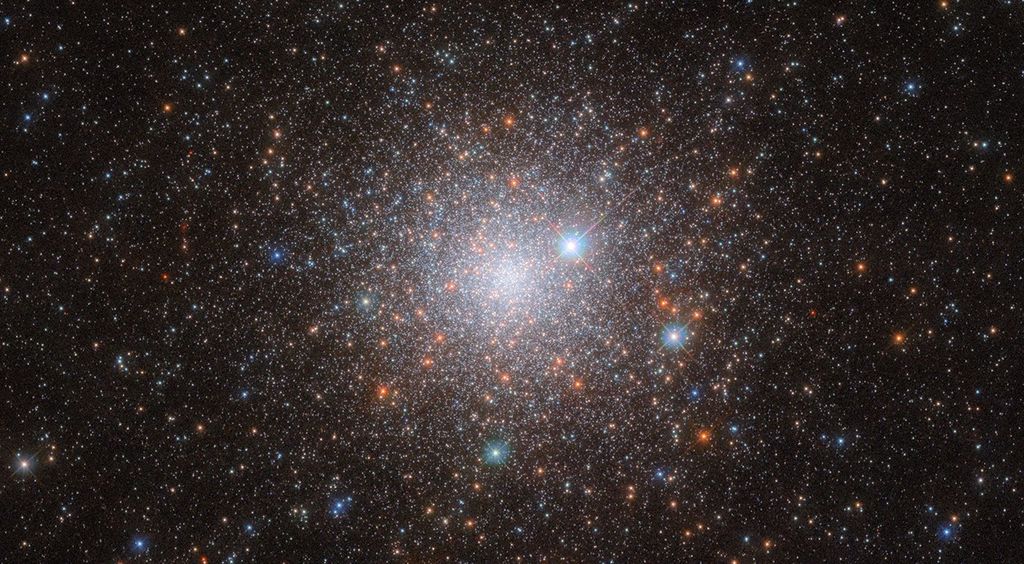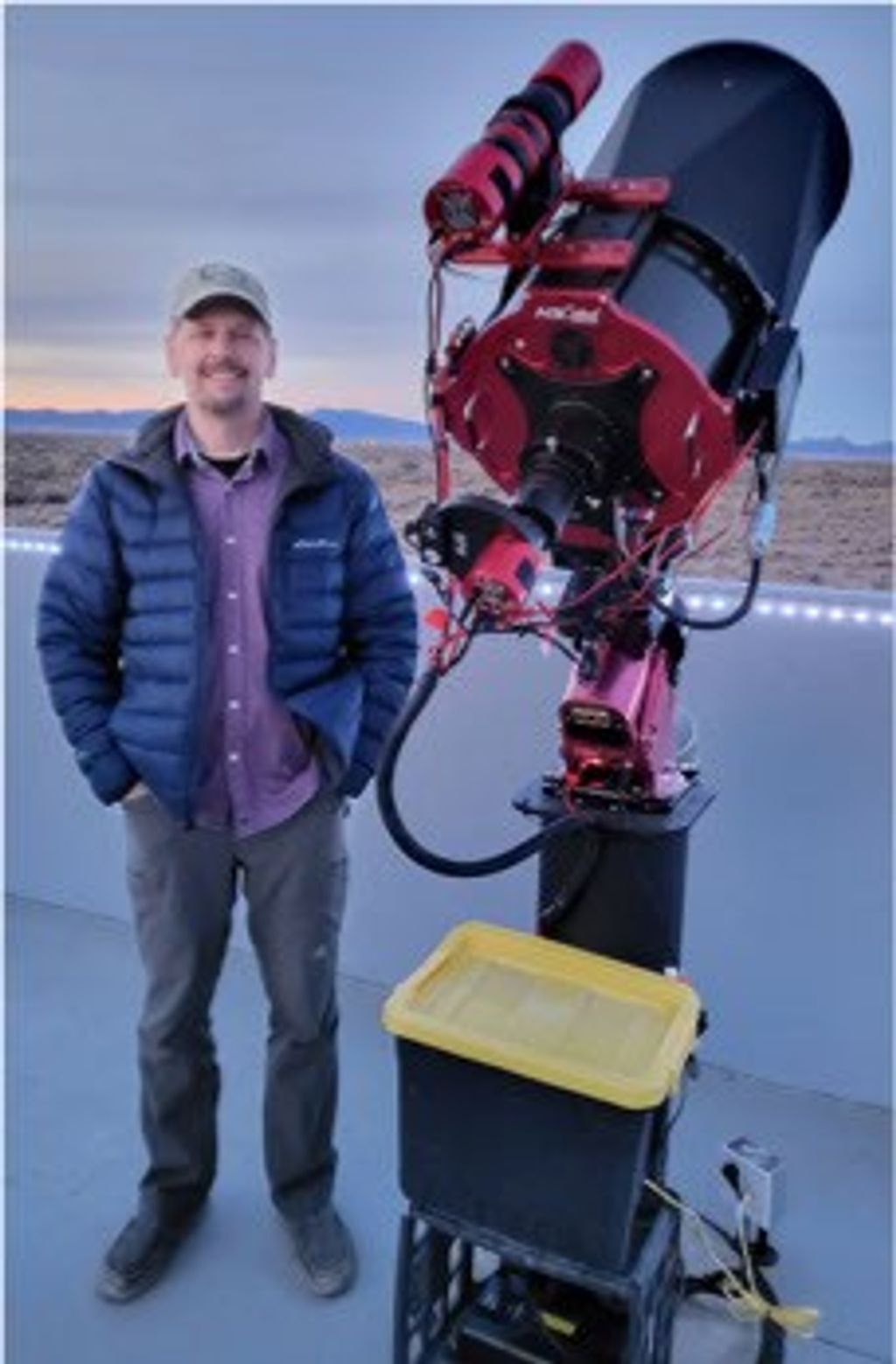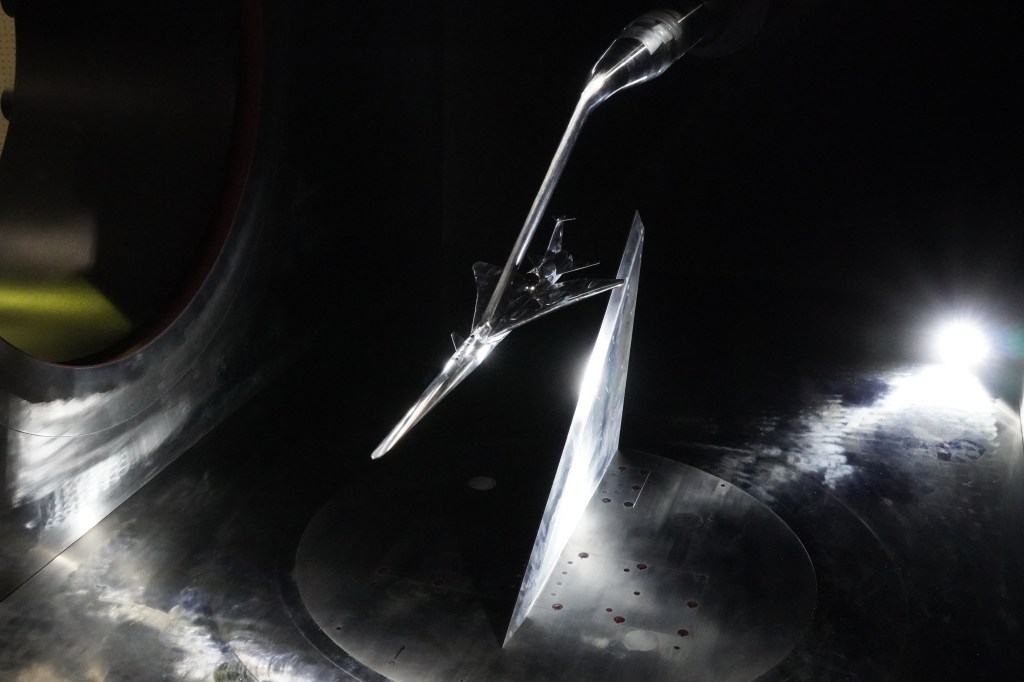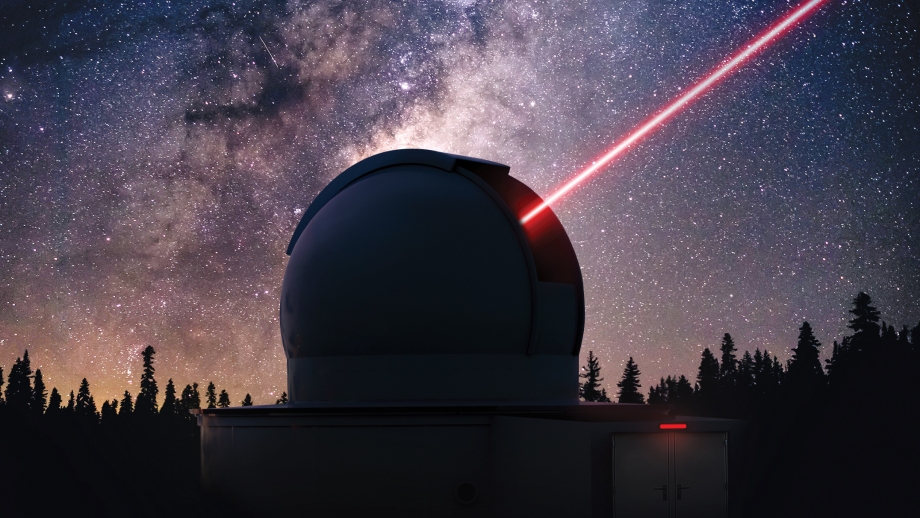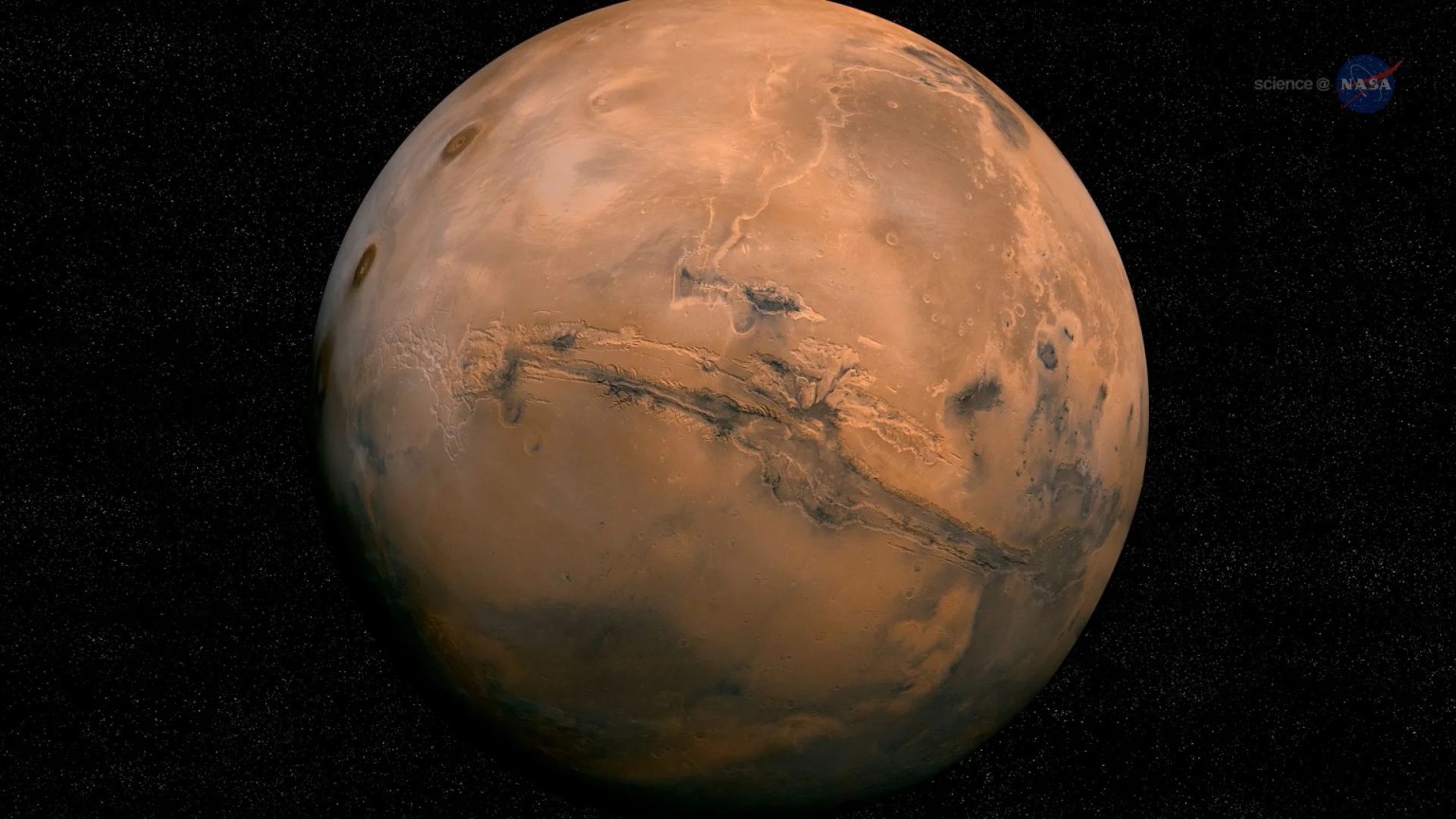Featured Content
What You Need to Know About Astrobiology
How did life begin on Earth? Does life exist beyond our home planet? How do we search for it? These are the really tough questions astrobiologists want to answer by studying life as we know it. Here's what you need to know about our search for life in the cosmos.
Learn MoreNASA Missions Supporting Astrobiology Research
OUR ALIEN EARTH
The NASA Astrobiology Program is proud to present a brand new episode of Our Alien Earth, a documentary series that follows teams of astrobiologists to the most extreme environments on Earth, to better understand the nature of life and how to find it elsewhere in the Universe.
Watch the full series on NASA+NASA for Kids | ELI5
Explain It Like I'm Five: Episode 1: The OSIRIS-REx Mission: Our First Asteroid Sample Return!
Space missions are awesome—but can you explain it like I’m five? NASA’s got you covered! Whether you’re a curious kid or a grown-up with big questions, our new series breaks down the science of space in a fun, easy way…Because rocket science doesn't have to be hard!

Astrobiology Graphic Histories
Join the Search for Life
Want to help answer some of humanity's biggest questions? Our graphic novel, "Becoming an Astrobiologist" is your step-by-step guide! Download this comic-book-style guide to explore different paths for contributing to NASA's search for life, from what to study in school to career tracks.














